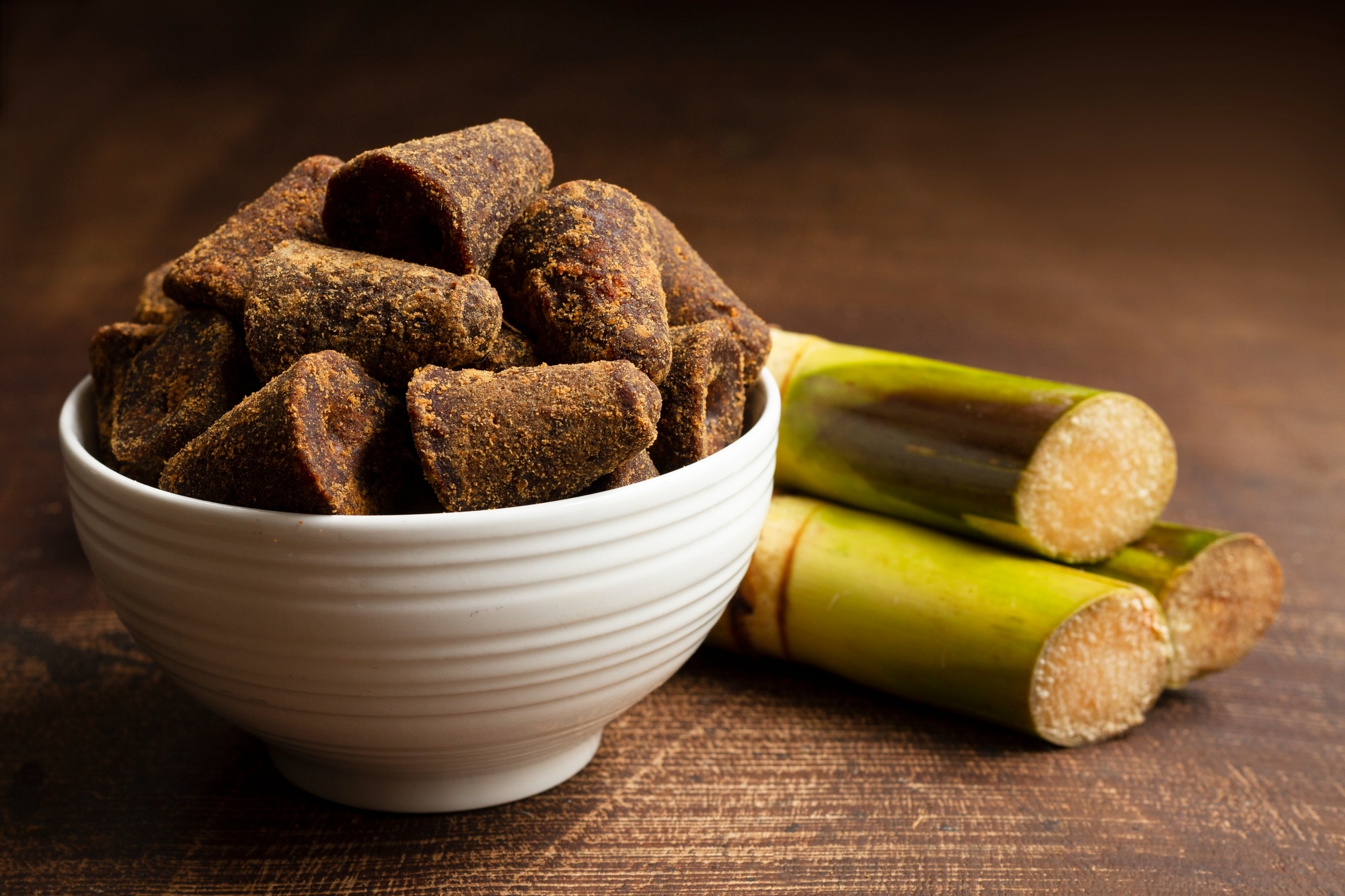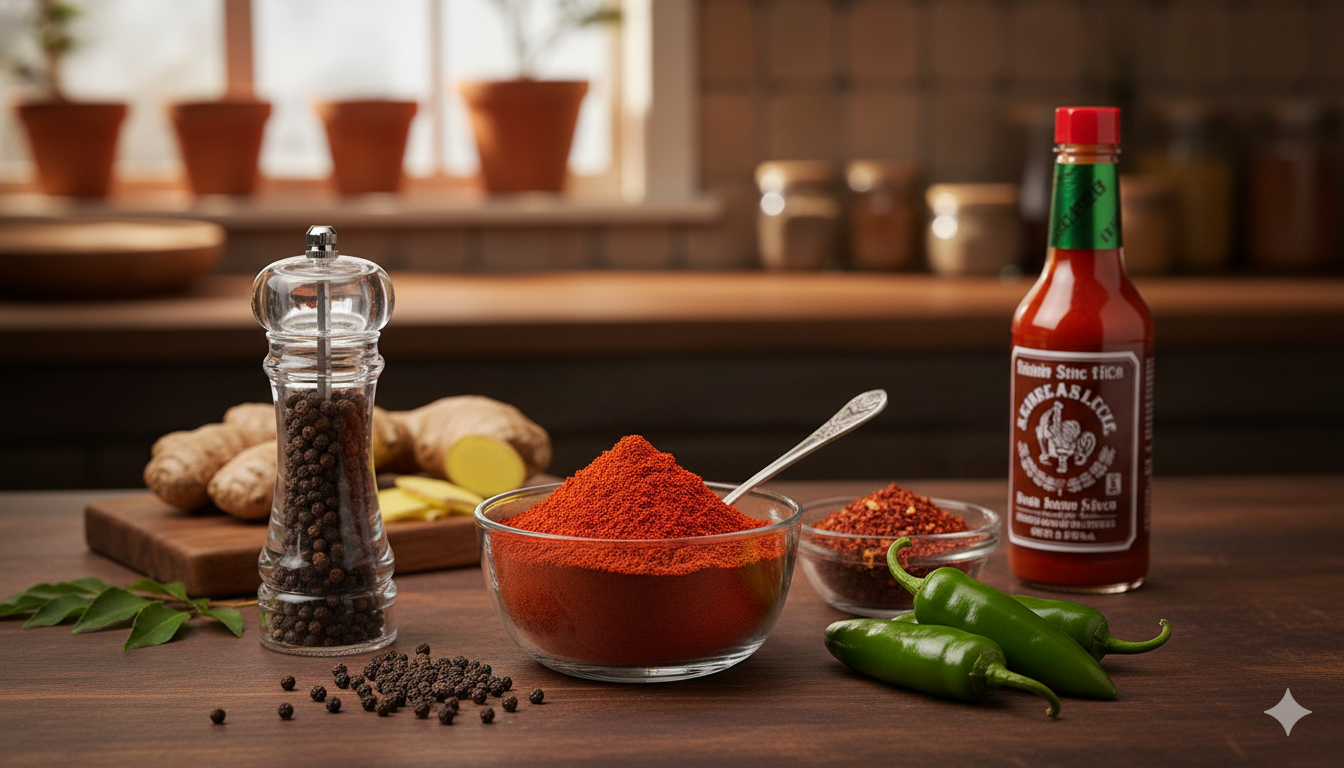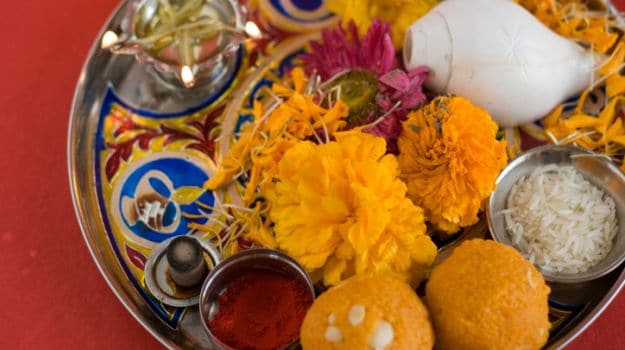There is a slight nip in the air and that can only mean one thing. Festivity is around the corner. Navratri fasting may have religious origins but there is scientific reason backing the same. The festival occurs twice a year, each time when the season is at the brink of change: from winter to summer and again when the air starts to get a bit chilly.Coincidentally, this is also the time when our immunity is low and it is advisable to eat light and nutritious food. The fasting rules, thus, suggest that one should abstain from meat, alcohol, grains, common salt and anything that is processed. Onion and garlic are avoided while fasting as these are known to generate a lot of heat in the body while grains are hard to digest. From an Ayurvedic perspective, these foods attract and absorb negative energies and should be avoided during a seasonal change. This period of fasting enables us to cleanse our systems or as is trendy to say these days – detoxify. The focus is on ingredients that are healthier and wholesome like gluten-free buckwheat flour rich with protein, salt in its purest form or seasonal vegetables like pumpkin and water chestnut that are a storehouse of nutrients.
But that's barely how it plays out. Most of us get carried away with plates of pakoras or puris drenched in oil having to face the weighing scale tipping to the wrong side. Before you allow yourself to indulge, here are some quick tips that will save you from binging on those heavy calorie delights.• Water should be your best friend. Have as much of it as possible. Maybe even a little more than what your intake would be on regular days. In addition, load up on fluids like milk and fresh fruit juices. An optimum fluidity flow allows the toxins to be flushed out. Since meat is off the menu, milk makes up for good quality proteins and is also a complete meal by itself.• Fasting is not easy and long gaps between meals could lead to acidity. This may not work well for your metabolism. Have vrat-friendly munchies on stand-by and allow yourself a handful of roasted makhanas or dry fruits for mid-meal snacks. Nuts are great as they offer satiety and are also a good source of protein. Small, frequent meals should be the rule.• Sabudana is a pure source of carbohydrates and perfect for an instant energy boost. But it can also soak up a lot of oil if eaten as sabudana tikkis or papad. Don’t ditch these lovely pearls but opt for a healthier dish like sabudana khichdi or kheer.• You are allowed to indulge in yoghurt or raita that has a soothing effect on the body and will help to cool you down. Add a bowl to each meal and make sure you stay refreshed.• Make yourself a delicious fruit salad with a sprinkling of rock salt to curb those cravings. Fructose, the natural sugar in fruits fuels your metabolism. Rock salt or sendha namak is an unprocessed and pure form of salt. It is rich in potassium, aids digestion and soothes heart burns. It is less saltier than the common table salt but more flavourful.• As much as we love crunching on those fried delights, they don’t spell good news. It’s a good idea to switch to techniques like steaming, grilling or baking and keep that guilt at bay.• Feel free to experiment and innovate in the kitchen. Marry different flavors and textures, in a way that their nutritional composition is not compromised. Make your platter exciting with Chironji ki Dal, Arbi Kadhi and some Pumpkin Halwa to end with.• A universal favourite, paneer or cottage cheese is as versatile as it is delicious. Experiment with this light ingredient that is easy to digest and a great source of calcium.• It is critical that you do not starve yourself and create a balance. Don’t give up on your favourites or skip meals, but find healthy substitutes. You must ensure that you get all the nutrition that you need.










